Enpab and Inarcassa have made bold asset allocation decisions to contain drawdowns, while Cassa Nazionale del Notariato is relying on diversification
Italy’s first-pillar pension funds for white-collar workers, known as Casse di Previdenza, are reviewing their asset allocation strategies in response to the current market volatility. Some institutions within the group, which collectively manage €115bn of assets, are taking steps to build resilience into their portfolios, in the face of growing uncertainty in global financial markets.
Enpab, the €1bn pension fund for biologists, has opted for a “flexible and forward-looking approach” for its asset allocation strategy, according to chief investment officer Danilo Pone.
The approach consists of dynamic diversification and attention to solid economic fundamentals in different geographical areas, Pone said.
“In particular, we have chosen to overweight Europe for both equity and bond investments, considering the European market to be more beneficial [in terms of investments] than others, especially for its macroeconomic stability and predictability of monetary policies. At the same time, exposure to the US dollar has been reduced through hedging,” he added.
The pension fund has kept a structural overweight to liquidity and short-term investment instruments since the beginning of the year.
“We have chosen to overweight Europe for both equity and bond investments […] At the same time, exposure to the US dollar has been reduced through hedging”
Danilo Pone, CIO of Enpab
“This choice has proven to be critical to navigate a phase of rapid geo-economic and financial changes, while at the same time guaranteeing the possibility of intervening promptly on any investment opportunities, preserving value and ensuring the necessary operational flexibility,” Pone said.
During this phase, Enpab has opted for an opportunistic approach to equity investing, focusing on sectors that show stronger resilience to current geo-economic and financial pressures.
“This is generating a progressive sector rotation within the portfolio, targeting areas that can benefit from transition policies, national and supranational public investments, as well as emerging dynamics linked to new macroeconomic balances,” Pone added.
Enpab is adopting a selective approach for both equities and private markets investments, which means in practice a “targeted rebalancing” to closely look at segments and markets that show greater ability to adapt in a constantly evolving global context, the CIO said.
It has chosen, instead, a “wait-and-see” strategy on private markets since 2023, as those asset classes are more exposed to the impacts of changes in interest rates, geopolitics and international regulation.
Enpab is keeping open the possibility of intervening to reshuffle private markets allocations if market conditions prove favourable in terms of risk, return and consistency with the long-term objectives, the CIO noted.
Inarcassa trims exposure to north American equities
The pension scheme for engineers and architects, Inarcassa, has decided to trim the exposure to north American equities, and re-route €200m-worth of assets towards other equity markets globally, as uncertainties surrounding a global trade war dent returns.
In March, as the US administration moved to impose tariffs on Canada, Mexico and China, the fund’s board of directors moved to reduce the exposure to global government bonds and increase investments in global equities. This was a step taken to gradually realign allocations to the strategy drafted for 2025.
Inarcassa continues to review holdings in its global equity portfolio, gradually divesting from vehicles exposed to individual geographical areas, said the fund in a statement.
Market turbulence, geopolitical tensions and US economic policies have all contributed to putting pressure on Inarcassa’s returns, making it difficult to achieve significantly positive performance.
Its assets under management stood at €15.9bn at the end of March, with a gross operating result for the first three months of the year of almost zero. The fund, however, expects to achieve 6.1% returns this year.
Inarcassa said it had found opportunities to boost investments in private equity globally by around €400m, to diversify allocations through buyout, co-investment and secondary strategies.
CNN chooses ‘wait-and-see’ approach
The pension fund for notaries, Cassa Nazionale del Notariato (CNN), is choosing a wait-and-see approach for its entire portfolio.
“We are a long-term investor. Our portfolio, which is diversified, with more than 160 funds invested in 16 asset classes, has protected us in this environment, the volatility has been contained, and we are not concerned for the future,” CIO and chief financial officer Stella Giovannoli said.
CNN has not taken tactical investment decisions, but continues to monitor the portfolio.
“It is difficult to draft a forecast in this uncertain context, so the best thing to do is to monitor the situation”
Stella Giovannoli, CIO and CFO of CNN
However, Giovannoli added: “We have kept our [current] level of liquidity, and before the start of the trade war we selected private equity funds with a focus on Italy with different investment approaches and objectives. Our investment policy remains prudent. It is difficult to draft a forecast in this uncertain context, so the best thing to do is to monitor the situation.”
“Utterly critical” actively managed mandates
Marco Ghilotti, senior manager for institutional clients at Pictet Asset Management, told IPE that the US “attack” on the international trade system has exceeded the most pessimistic expectations, and is leading investors to reconsider macroeconomic fundamentals.
“This explains why the overall market reaction is not the classic one seen during risk-off phases. In particular, a sharply weakening dollar does not reflect the reaction that, according to the economic theory, would predict the strengthening of the currency of those imposing the duties,” he said.
Ghilotti added that equally surprising is the reaction of some emerging assets, particularly some currencies and stock prices going in the opposite direction of those in developed markets.
In this context, Italian pension funds are diversifying investments through actively managed mandates.
“This implies the possibility of selecting, within a market, more defensive stocks or those less impacted by the fiscal or monetary policies of an administration, but also diversifying towards less correlated geographical areas. In contexts of extreme volatility such as the current one, diversification and active management are more crucial than ever,” he said.
Corrections on equity markets with a short-term drop in the value of the stocks, which are now rebounding, benefit long-term investors like pension funds with a large exposure to risky assets.
“In short, thanks to the characteristics of governance and investment management, Italian pension funds are well structured to deal with current volatility and protect members,” Ghilotti said.
The latest digital edition of IPE’s magazine is now available


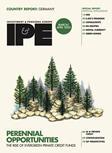



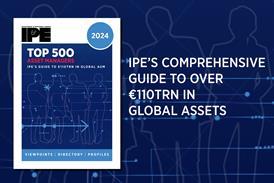


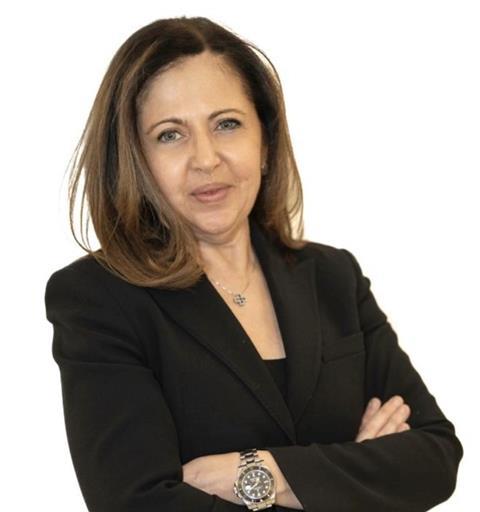


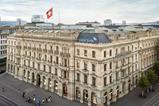


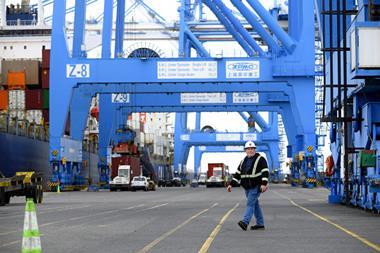

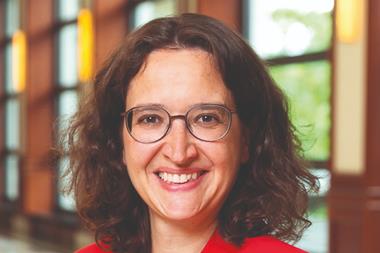

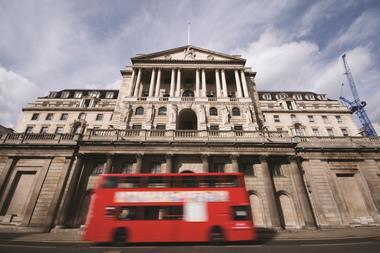

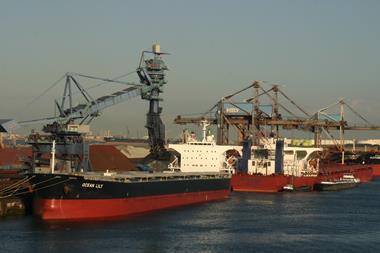





















No comments yet